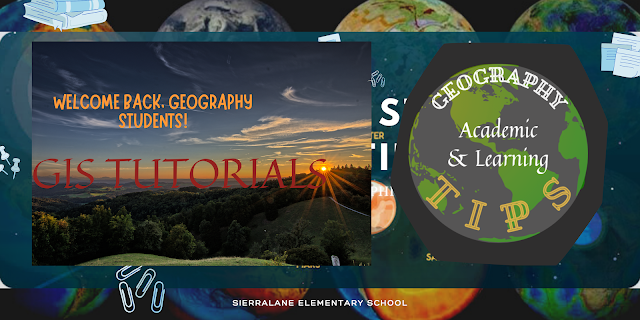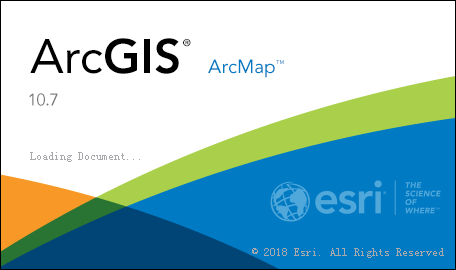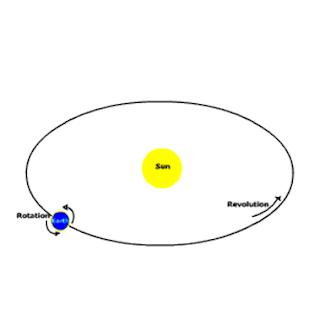Components of GIS

Components of GIS A working Geographic Information System seamlessly integrates five key components- 1. Hardware:- • Computer • Digitizer • Scanner • Printer/Plotter 2. Software:- GIS software provides the functions and tools needed to store, analyze, and display geographic information. The Key components of GIS Software are:- Tools for entering and manipulating geographic information such as addresses or political boundaries A database management system (DBMS) Tools that create intelligent digital maps you can analyze, query for more information, or print for presentation An easy-to-use graphical user interface (GUI) Major GIS software ARCGIS ( ArcView 10.1) ArcView: ESRI, the producer of ArcView,...




